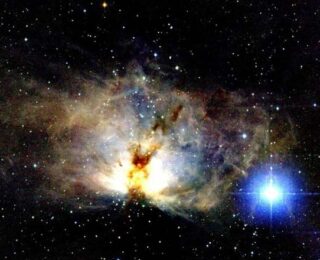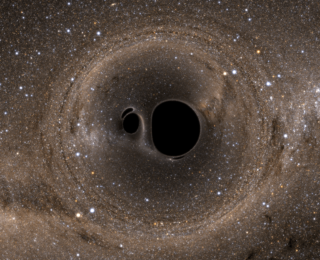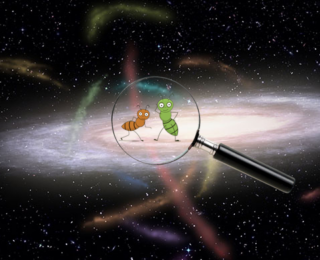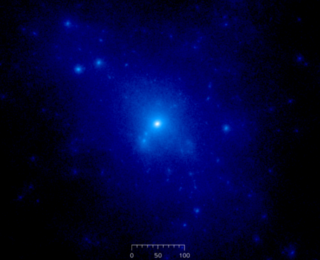
Metal-Poor but Intrigue-Rich: A study of the metal-poor star LP26
What can local metal-poor stars teach us about the earliest stars in the universe?

What can local metal-poor stars teach us about the earliest stars in the universe?

Do galaxies turn into raisins when they sit in the bath too long? Today’s authors investigate what their bath is like!

Find out how astronomers have discovered a potential black hole collision in the early Universe using observations from the James Webb Space Telescope.

Today’s authors try to use the behavior of ants to model streams of stars in our galaxy!

As part of our Undergraduate Research series, Neev Shah explores how alternative dark matter models describe the evolution of galaxies.

Today’s bite is an interview with Ashley Walker, Black in Astro president and co-organizer of the Rainbow Villaige at #AAS243!